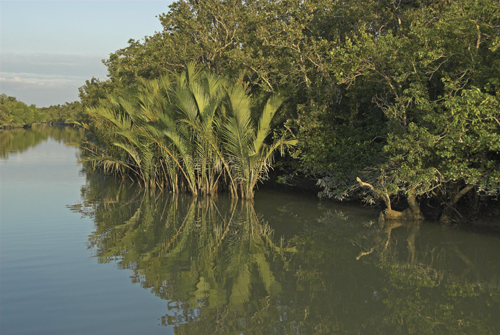Welcome To Our Website

Bangladesh lies between latitudes 20° and 27°N, and longitudes 88° and 93°E.
Bangladesh is in the low-lying Ganges–Brahmaputra River Delta or Ganges Delta. This delta is formed by the confluence of the Ganges (local name Padma or Pôdda), Brahmaputra (Jamuna or Jomuna also known as "Yamuna"), and Meghna rivers and their respective tributaries. The Ganges unites with the Jamuna (main channel of the Brahmaputra) and later joins the Meghna to eventually empty into the Bay of Bengal. The alluvial soil deposited by these rivers has created some of the most fertile land
Demographics
Bangladesh's population range from 150 to 164 million and it is the 8th most populous nation in the world. In 1951, the population was 44 million. It is also the most densely populated large country in the world, and it ranks 11th in population density, when very small countries and city-states are included. striking contrast is offered by Russia which has a slightly smaller population spread over a land area that is 120 times larger than Bangladesh. Bangladesh's population growth was among the highest in the world in the 1960s and 1970s, when the country swelled from 50 to 90 million. With the promotion of birth control in the 1980s, the growth rate has slowed. The population is relatively young, with 60% being 25 or younger and 3% being 63 or older. Life expectancy is 63 years for both males and femalesLanguage
Nearly all Bangladeshis speak Bangla as their mother tongue and it is the official language. It is an Indo-Aryan language of Sanskrit origin with its own script. English is used as a second language among the middle and upper classes. English is also widely used in higher education and the legal system. Historically, laws were written in English and translated into Bengali until 1987 when the procedure was reversed. The Bihari population speaks Urdu, which was also the language associated with the government prior to separation from PakistanCopyright 2011. Designed by MD. Rubaiyat Shafat
